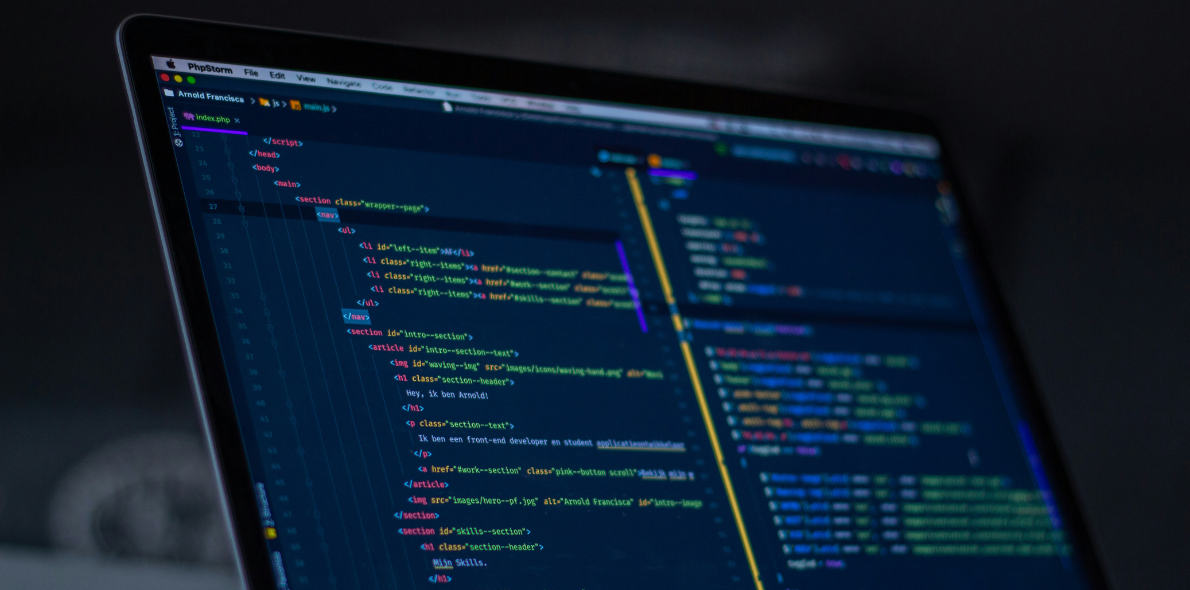Compose Multiplatform vs Flutter: Choosing the Right Cross-Platform Tech for Your Business

As a senior Android developer who’s worked with both Compose Multiplatform (CMP) and Flutter, I know from personal experience how tough it can be to choose the right cross-platform tech. Both frameworks promise faster development and code sharing, but the right pick depends on your team, project, and business goals.
In this post, I’ll share my experience from real client projects, including apps from different industries, to help you make a confident and informed decision.
Quick Overview: Compose Multiplatform vs Flutter
Before diving deeper, let’s quickly break down what Compose Multiplatform and Flutter are and why they’re both good options for building cross-platform apps today.
What is Compose Multiplatform?
Compose Multiplatform (CMP) is a Kotlin-based UI toolkit that lets you write UI and business logic once and share it across Android and iOS. It’s built on Jetpack Compose, so if your team already knows Android Compose, you’re in familiar territory. CMP emphasizes using native components where it counts, so your app feels truly native on both platforms. Because it’s Kotlin-first, it fits perfectly if your team is already comfortable with Kotlin and Android development.
What does this mean in real life?
Well, if your company already has skilled Android developers, you don’t need to hire a whole new team of iOS specialists to build or maintain the app. Your existing Android devs can use their Kotlin skills to contribute directly to the iOS version, sharing code and UI components. This reduces hiring headaches, speeds up delivery, and keeps your internal team lean and efficient, a huge win if you’re juggling multiple projects or tight deadlines.
What is Flutter?
Flutter is Google’s UI toolkit that uses the Dart programming language to build apps for both Android and iOS from a single codebase. Unlike CMP, Flutter draws every pixel on the screen itself, which means the app looks and feels exactly the same across platforms. This approach gives you complete control over the UI design and enables rich, custom animations and interactions.
In real life, this means if you’re starting fresh or want a highly branded app with consistent visuals on all devices, Flutter lets your team build everything once and no need to worry about platform-specific UI. It’s especially useful if your developers are comfortable picking up Dart or if you want to use Flutter’s large ecosystem of widgets and plugins for faster development. However, since Flutter uses its own rendering engine and language, you might need to train your team or hire developers experienced in Dart, which could be a consideration depending on your current resources.
Real Client Experience: When CMP Shined
One of the clearest examples of Compose Multiplatform shining in real-world development came from a recent fitness app project we worked on. This client wanted a way to share as much code as possible between iOS and Android, but still have the app feel completely native on both platforms.
While we initially considered a more traditional Kotlin Multiplatform approach, focusing mainly on sharing business logic, the complex UI interactions in this app (real-time workout tracking, animations, personalized dashboards) called for a solution that could share UI components too. This is exactly where the KMP vs CMP decision becomes critical. In this case, Compose Multiplatform stood out by letting us share not only business logic, but also significant parts of the UI with Kotlin Compose.
This approach meant the Android developers on our team could extend their expertise directly into the iOS version without learning a new language or framework. Sharing the UI and logic helped us build faster, fix fewer bugs, and keep things easy to maintain, super important in the fast-moving fitness world where updates have to happen quickly.
Choosing Compose Multiplatform for this Kotlin mobile app also enabled us to integrate platform-specific features like HealthKit on iOS and Google Fit on Android while keeping the core codebase unified.
The result?
We cut development time by 30% and delivered a high-quality fitness app that was ready for launch 6 weeks earlier than expected. Maintenance became 40% easier than with fully native or Flutter apps, letting the client release updates faster and keep users happy.
If you’re looking for a cross-platform Kotlin solution that balances native performance with shared UI benefits, CMP is definitely worth considering, especially for industries like fitness where user experience and quick iterations are key.
Flutter in Action: The Event Industry Example
On another project, we worked with a client in the event industry who needed a visually rich app with lots of custom animations and a consistent look across platforms. We chose Flutter for this project because it lets you design every pixel exactly how you want, thanks to its own rendering engine and extensive widget library.
Flutter’s hot reload made iterating on UI designs quick and smooth, which was a big help given the dynamic nature of the event app’s development. The framework’s large plugin ecosystem also made it easier to add features like live notifications, interactive maps, and social sharing without reinventing the wheel.
When it came to the KMP vs Flutter choice for this project, the final decision was driven by the client’s preference for Flutter. They wanted a framework that could deliver a highly customized UI quickly, and Flutter’s fast development cycle and pixel-perfect control matched their vision perfectly.
We also considered Compose Multiplatform as an option since it allows sharing UI and business logic with Kotlin, but for this particular project, the client preferred Flutter’s mature ecosystem and the ability to rapidly prototype highly branded designs.
Key Differences: Compose Multiplatform vs Flutter
When to Choose Compose Multiplatform?
From my experience, CMP is great choice when your team is already comfortable with Kotlin. If you’ve got solid Kotlin skills in-house, CMP lets you build native navigation and platform-specific UI polish that feels right at home on both iOS and Android.
Here’s when I’d recommend CMP:
- Your team is already strong in Kotlin
- You want native navigation and platform-specific UI polish
- You need tight integration with existing Kotlin codebases
- Your app requires compliance and platform-specific performance
If you’re already deep in Kotlin, CMP helps keep things streamlined without learning a new language or framework, which means less onboarding time and fewer surprises down the road.
When Flutter Makes Sense?
On the other side, Flutter can be a lifesaver when you want to prototype UI quickly and iterate fast. Its hot reload is a big advantage; I’ve personally seen how it speeds up the design feedback loop, letting you try new ideas and fix bugs in real time.
A few cases where Flutter stands out:
- You want rapid UI prototyping and iteration
- You need pixel-perfect, branded UI across platforms
- Your team is comfortable learning Dart or already uses Flutter
- You want to use a large plugin ecosystem quickly
If you want smooth animations and a consistent experience across platforms without spending too much time on platform-specific adjustments, Flutter is a great choice. Plus, its plugin ecosystem means you can add complex features without reinventing the wheel.
Final Thoughts
Choosing between Compose Multiplatform vs Flutter isn’t about picking a “best” framework, it’s about picking what works best for your unique situation.
From my experience working on client’s apps from varous industries, I’ve seen both succeed great when matched to the right project.
If you’re a Kotlin team looking to build native-feeling apps with shared code, Compose Multiplatform is an excellent choice, especially with the growing availability of CMP templates that help you get started faster.
If you want rapid UI development with consistent branding across platforms, Flutter remains a top choice.
Feel free to reach out if you want to chat about what might work best for your next project!
to Build Your App?
Need Experienced Devs to Build Your App?



.svg)


